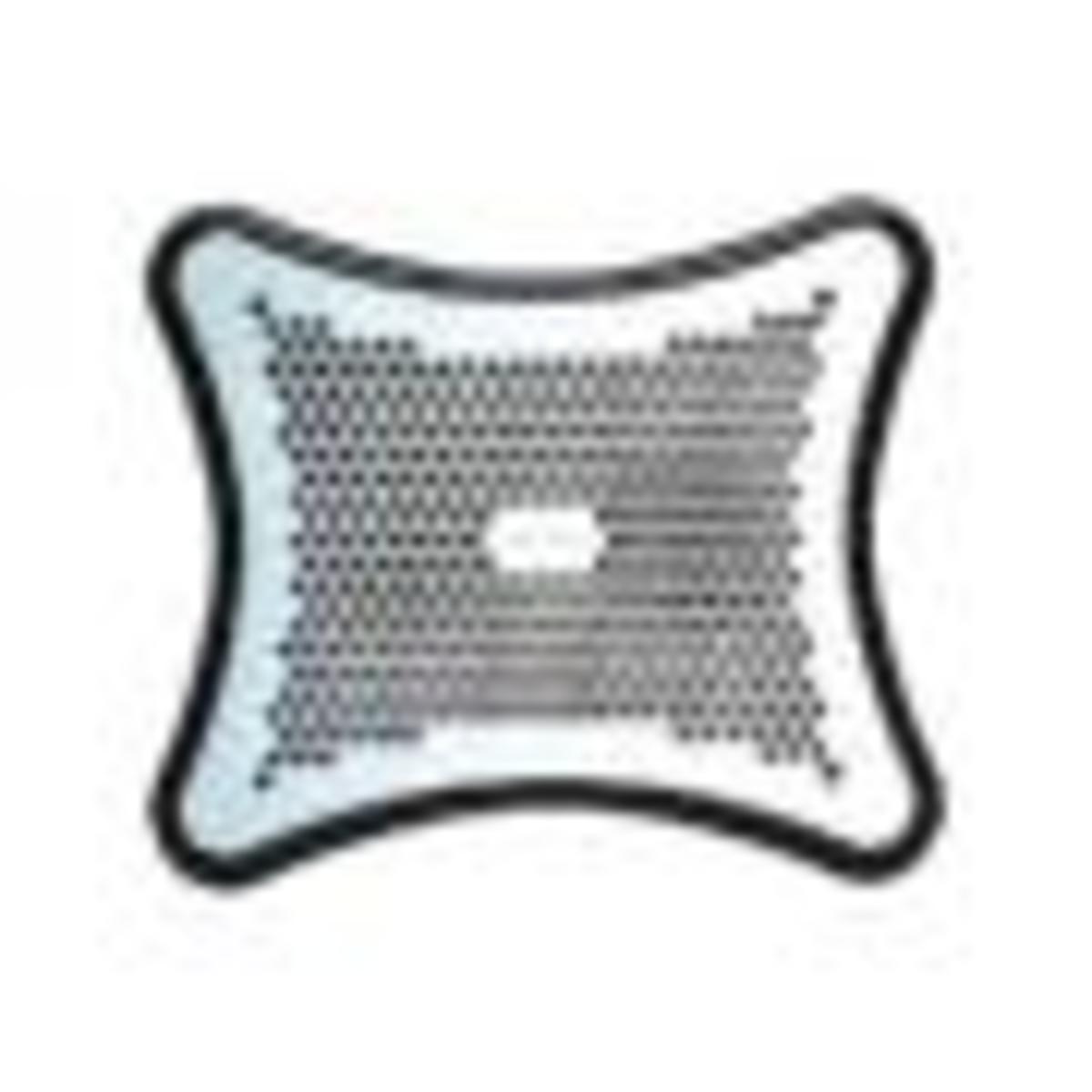How does heat travels
What is heat?
Heat is the most commonly found form of energy found also called thermal energy.
There are three ways in which heat travels, these are convection, conduction and radiation. Heat generally transfers itself in the most efficient manner possible. Heat always transfers itself from the hotter object to the colder object.
Convection
Convection is the movement of heat energy by movement of the heated matter; this is generally a gas or liquid (some loose solids for example sand may also behave like this). The heat moves with the currents of the gas or liquid. As the liquid or gas heats up it becomes less dense so rising to the top. The colder part is denser so drifts down to the bottom. This is called natural convection. These currents can also be induced by mechanical or other means. Think of a fan blowing air around, this is called forced convection and is used in things such as your central heating.
Radiation
Radiation is the movement of heat by electromagnetic waves directly through the space in-between. All objects give out heat radiation or infrared radiation as it is also called. The best and most obvious example of this is the sun. The sun radiates heat through the nothingness of space to warm up the planet. Other examples are a microwave oven and light bulbs. Some surfaces like darker matt surfaces absorb infrared radiation better then other surfaces such as bright shiny surfaces, which reflect more. The radiators in your home are really misnamed as most of the heat they give out is by convection not by radiation.
I hope this has given you some insight in to the methods that heat travels through.
Thanks for reading.
Conduction
Conduction is the movement of heat through a substance from molecule to molecule. Conduction will also occur between two objects that are touching each other. Conduction is more effective if solids as the molecules are packed closer together, but it also happens at a slower rate in liquids and gases. Think of your teaspoon in your coffee cup, the end of the teaspoon feels warm because heat from your hot coffee has been conducted up the teaspoon. This is also why metals often feel cold to touch they literally draw the heat out of your hand by conducting your body heat into the metal. Metals are generally good conductors of heat; objects that are not good conductors such as wood and glass are usually called insulators.
Did you know the different way heat travels?
© 2015 Gordon D Easingwood








